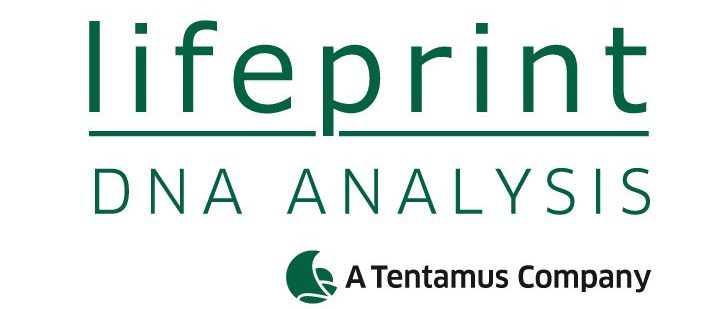Update: Joe Biden signed a law on April 23, 2021 that makes sesame the ninth major food allergen
Each year, millions of people around the world have allergic reactions, caused by wrong labelled food. As a result, food labels help allergic consumers identifying these foods and ingredients.
Most common food allergens
The following foods or ingredients cause 90 percent of allergenic reactions, according to the FDA.
- Milk
- Eggs
- Fish (e.g. flounder, bass, cod)
- Crustacean shellfish (e.g. crab, lobster, shrimp)
- Tree nuts (e.g. almonds, walnuts, pecans)
- Peanuts
- Wheat
- Soybeans
- NEW: Sesame








Food labels must identify all sources of food allergens that were used to produce the food. The allergen has to be declared at least once on the label of the food. Here are two options for the declaration of allergens:
- “Contains” statement: e.g. “Contains milk, wheat and soy”
- In parentheses: e.g. lecithin (soy), flour (wheat), whey (milk)
Cross-Contamination
In the context of food allergens, cross-contamination occurs when a residue or a trace of an allergenic ingredient becomes incorporated into another food, not intended to contain it. In the U.S., the FDA guidance says that statements like “may contain [allergen]” should not be used as a substitute for adhering the Good Manufacturing Practices (GMP) or be misleading.
Support
Labelling
The Tentamus Group has formed a labelling team to advise you on all questions concerning the labelling of your products, to carry out labelling tests and to check the online presence of your products.
Get in touch with our experts. Your direct contact person is:
Manuela Rosenberger
manuela.rosenberger@tentamus.com
+1 540 684 9211
Lab Services
In addition, allergen testing is performed in the Tentamus Group laboratories using ELISA and PCR tests. These tests allow the determination of the presence of a specific animal or plant DNA strand in a food. PCR is often used as an adjunct to ELISA testing because it is very sensitive in picking up trace amounts of celery and fish.
Your contact is:
Derrick Tanner
derrick.tanner@tentamus.com
+1 971 413 7161
Source: FDA, Washington Post
Source: https://www.tentamus-web.com/basics-food-allergens/

